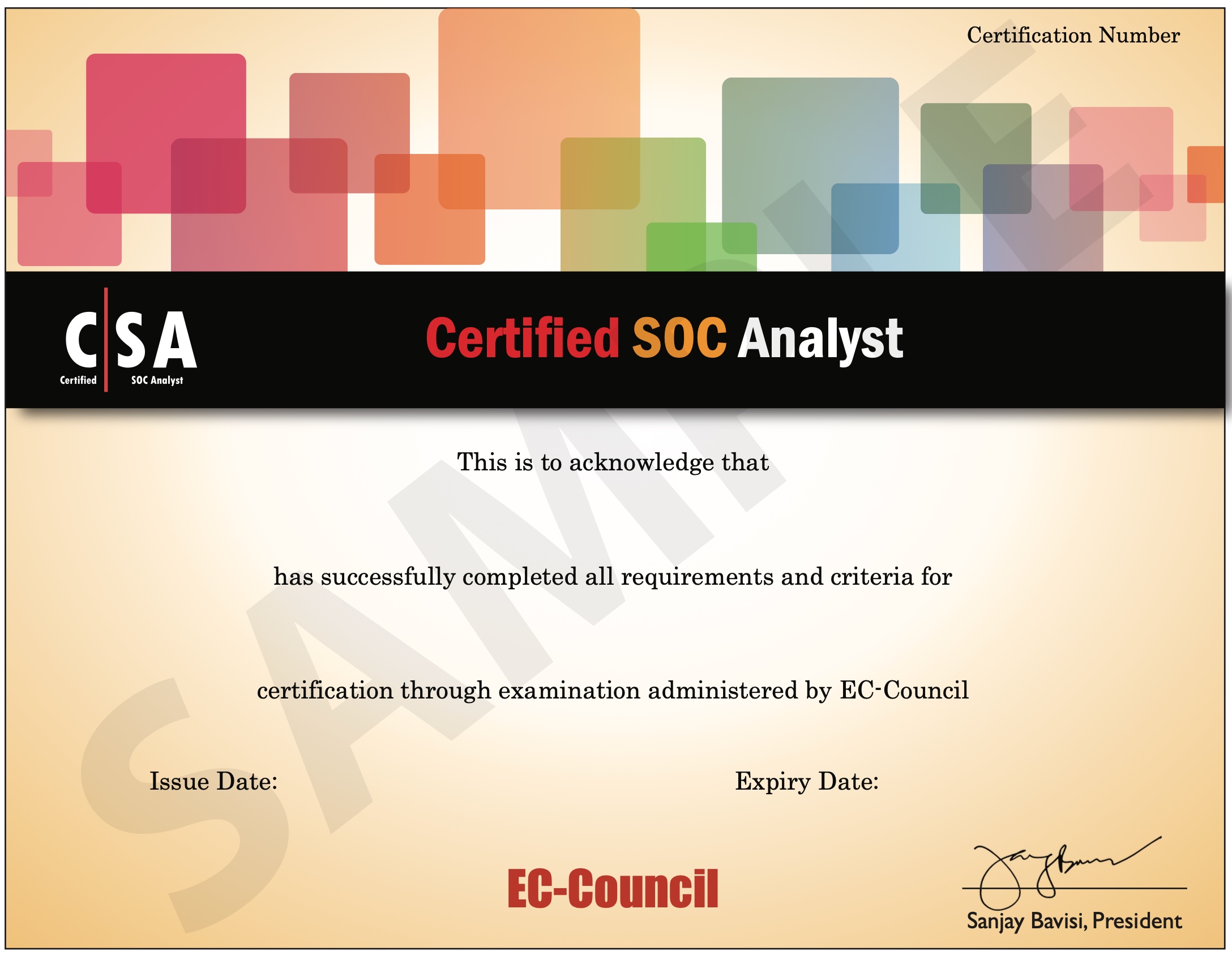Certified Network Defender (CND)
Course Overview

EC-Council's Certified Network Defender (C|ND) is an essential vendor-neutral network security certification for every IT and systems administrator who needs to operate with a secure mindset. Students will learn the critical skills required to defend their networks and operating environments across local networks, endpoints, cloud infrastructure, applications, OT, and Mobile.
They will also acquire knowledge of effective proper log analysis, network traffic monitoring, basic investigation and response, as well as business continuity and disaster recovery.Additionally, they will dive into threats, analyzing the attack surface, and studying threat prediction and threat intelligence as it relates to their administration and defense responsibilities.
Often referred to as blue-teaming, C|NDs will be able to apply defense and countermeasure strategies in their organizations, playing a critical role not only in attack prevention but also in detection, response, and remediation as they configure networks and systems to operate securely. The C|ND program will cover the concepts and fortify skills through hands-on practice across over 100+ labs delivered on live target machines.
Learning Outcomes
Exam Information
Who Can Apply?
Students/IT Professionals/Any other industry professionals planning a career in cybersecurity. Anyone who wants to start a career in the blue team and network security.
Course Content & Modules
Network Attacks and Defense Strategies
Learn to identify, analyze, and defend against various network attacks including DDoS, man-in-the-middle, and reconnaissance techniques.
Administrative Network Security
Explore network security policies, access controls, user management, and administrative procedures for secure network operations.
Technical Network Security.
Master technical security controls including firewalls, intrusion detection systems, VPNs, and network segmentation strategies.
Network Perimeter Security.
Implement comprehensive perimeter defense mechanisms including DMZ design, border security, and external threat protection.
Endpoint Security - Windows Systems
Secure Windows endpoints with antivirus, host-based firewalls, patch management, and endpoint detection and response (EDR) solutions.
Endpoint Security - Linux Systems
Protect Linux systems through hardening techniques, SELinux configuration, log monitoring, and security best practices.
Endpoint Security - Mobile Devices
Secure mobile devices through MDM solutions, app sandboxing, encryption, and mobile threat defense strategies.
Endpoint Security - IoT Devices
Implement security controls for IoT devices including network segmentation, device authentication, and firmware protection.
Administrative Application Security.
Develop secure application deployment practices, code review processes, and application-level security controls.
Data Security.
Protect sensitive data through encryption, data loss prevention (DLP), database security, and information classification.
Enterprise Virtual Network Security
Secure virtualized environments through hypervisor security, virtual network isolation, and VM-level protection mechanisms.
Enterprise Cloud Network Security
Implement cloud security controls including cloud access security brokers, identity management, and secure cloud architectures.
Enterprise Wireless Network Security
Secure wireless networks with WPA3, enterprise authentication, rogue access point detection, and wireless intrusion prevention.
Network Traffic Monitoring and Analysis
Monitor network traffic patterns, detect anomalies, and analyze network behavior using tools like Wireshark and network analyzers.
Network Logs Monitoring and Analysis
Implement centralized logging, log analysis techniques, SIEM solutions, and correlation rules for threat detection.
Incident Response and Forensic Investigation.
Develop incident response procedures, digital forensics capabilities, evidence collection, and post-incident analysis techniques.
Business Continuity and Disaster Recovery.
Plan and implement business continuity strategies, disaster recovery procedures, and backup/recovery solutions for network infrastructure.
Risk Anticipation with Risk Management.
Assess network security risks, implement risk mitigation strategies, and develop comprehensive risk management frameworks.
Threat Assessment with Attack Surface Analysis.
Identify and analyze network attack surfaces, conduct vulnerability assessments, and map potential attack vectors.
Threat Prediction with Cyber Threat Intelligence.
Leverage threat intelligence feeds, conduct threat hunting activities, and develop proactive defense strategies based on emerging threats.
Earn Your Industry-Recognized Certificate
Upon successfully passing the examination for this course, participants will be awarded a certificate, an example of which is shown below.



